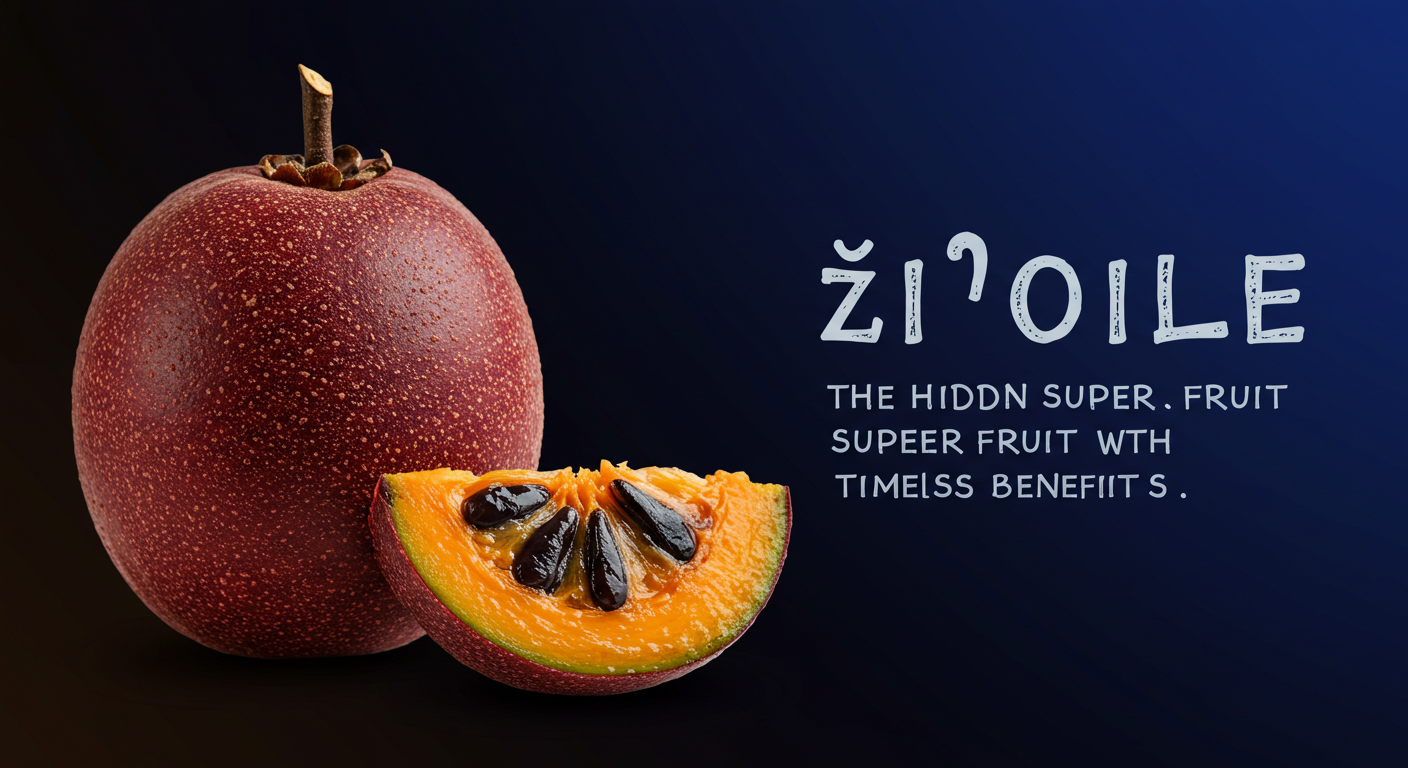Žižole may not be as well-known as apples or oranges, but this small, humble fruit has been cherished for thousands of years. Often referred to as the “Chinese date” or jujube,is a nutritional powerhouse, loaded with vitamins, minerals, and antioxidants. In recent years, has gained renewed attention for its health benefits, cultural roots, and culinary versatility.
This article explores everything you need to know about , from its origins and traditional uses to modern health insights and tasty recipes.
Introduction to Žižole
, pronounced as “zhee-zho-leh,” comes from the Ziziphus jujuba tree. Though it originated in Asia, particularly China, žižole has long been a favorite in Mediterranean regions like Dalmatia, Italy, and Greece. In these regions, it grows well due to the warm climate and is often found in home gardens.
The fruit itself is small, reddish-brown when ripe, and resembles a . It starts out green and crisp like an apple, becoming softer and sweeter as it matures. Both fresh and dried are consumed worldwide, valued for their pleasant taste and rich nutritional content.
The Historical and Cultural Significance of Žižole
has a deep history in traditional medicine. In Chinese culture, it’s used to promote sleep, calm nerves, and support digestive health. Ancient healers believed had properties that rejuvenate the body and prolong life.
In Mediterranean countries, is associated with fall harvest festivals. In Croatia, for example, people use žižole to make syrups, jams, and liqueurs. These fruits are often passed down through generations in family recipes, especially in rural coastal towns.
Nutritional Profile of Žižole
Žižole may be small, but they pack a serious nutritional punch. They are rich in:
-
Vitamin C: Essential for immune support and skin repair.
-
B-complex vitamins: Important for energy production and brain function.
-
Potassium: Helps maintain healthy blood pressure.
-
Iron and phosphorus: Vital for blood health and bone strength.
-
Dietary fiber: Supports digestion and gut health.
They also contain natural compounds like flavonoids, polysaccharides, and saponins—known for their antioxidant and anti-inflammatory effects.
Health Benefits of Žižole
1. Boosts Immune System
high vitamin C and antioxidant content helps fight infections and supports the body’s natural defense system.
2. Improves Sleep Quality
Used traditionally as a natural sleep aid, contains compounds that soothe the nervous system and may help with insomnia and anxiety.
3. Aids Digestion
The fiber in žižole promotes bowel regularity and supports a healthy gut microbiome, making it excellent for digestion.
4. Enhances Skin and Hair Health
With powerful antioxidants, supports skin elasticity, reduces signs of aging, and contributes to stronger hair and nails.
5. Balances Blood Sugar
Despite their sweetness, has a low glycemic index, making them a good snack choice for people monitoring blood sugar levels.
How to Use Žižole in Daily Life
Žižole is incredibly versatile. Whether eaten raw or cooked, it brings both flavor and health to the table.
Fresh Žižole
When eaten fresh, žižole has a crisp, apple-like texture. You can:
-
Eat them whole as a snack.
-
Slice into salads.
-
Add to cheese platters for a sweet contrast.
Dried Žižole
Drying intensifies their sweetness and chewy texture. Use dried in:
-
Herbal teas or infusions.
-
Homemade granola or energy bars.
-
Baking (muffins, bread, cookies).
Traditional Recipes
In Croatia and other Mediterranean countries, žižole are used to create:
-
Žižole syrup: A sweet, concentrated extract used as a cough remedy.
-
Žižole liqueur (rakija): A beloved homemade drink.
-
Žižole jam: Perfect for spreading on bread or adding to desserts.
How to Grow Žižole
Growing your own is easier than you might think, especially if you live in a warm or temperate climate.
Growing Tips:
-
Soil: Well-drained, sandy or loamy soil.
-
Sun: Full sun exposure is best.
-
Watering: Water sparingly once established—trees are drought-tolerant.
-
Pruning: Trim yearly to encourage growth and fruit production.
trees are hardy and resistant to many pests. Once matured, they can produce fruit for decades with minimal care.
Where to Buy Žižole
While žižole may not be available in every supermarket, they can often be found at:
-
Asian or Mediterranean grocery stores.
-
Farmers markets (during fall).
-
Online shops selling dried žižole or organic herbs.
If you’re lucky enough to live in a region where they grow naturally, try to find local growers or small producers who make homemade products.
Žižole vs Other Superfruits
Žižole are often compared to dates or figs due to their appearance and sweetness. However, has a lower sugar content and higher vitamin C than dates. Compared to figs, has better sleep-enhancing properties and is more often used in traditional medicine.
Their low-calorie profile and unique health properties make a smart choice for anyone looking to diversify their fruit intake.
Fun Facts About Žižole
-
In Chinese culture, žižole is a symbol of fertility and is often used in wedding ceremonies.
-
The fruit has been cultivated for over 4,000 years.
-
wood is strong and durable—sometimes used to make furniture and tools.
Final Thoughts
may be small and unassuming, but this fruit offers powerful health benefits wrapped in a sweet, delicious package. Its long history, cultural value, and growing popularity around the world prove that is more than just a traditional remedy—it’s a modern superfruit.
Whether you’re interested in natural remedies, gardening, or exploring new tastes in your kitchen, is a fantastic addition to your life. Try it fresh, dried, brewed, or preserved—you’ll quickly see why this ancient fruit is making a strong comeback.

